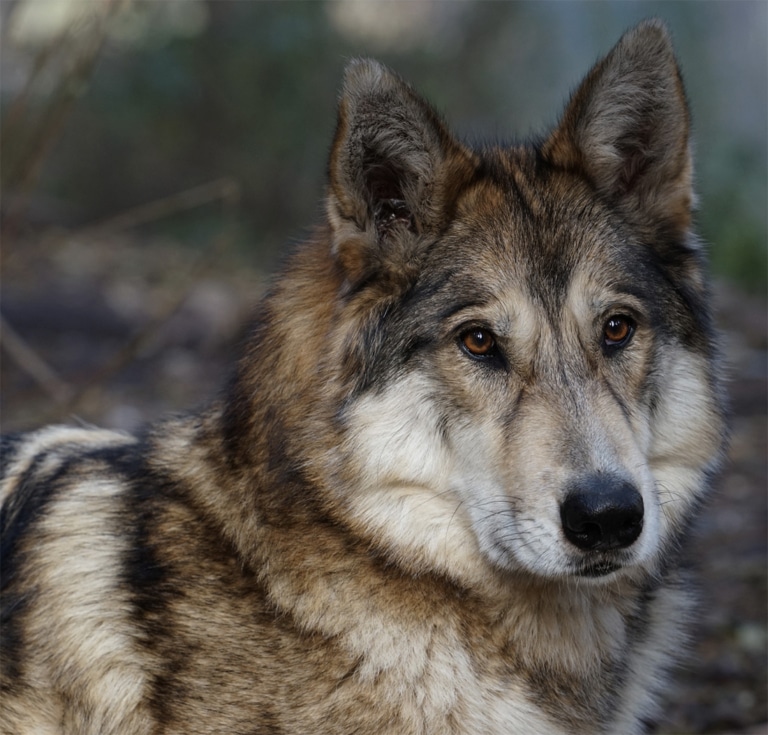
There have been many stories circulating over the years about how hybrids make wonderful pets. If you and the wolf try to dominate one another, it could turn into a dangerous game. But, as adults, their independent nature will overpower their urge to obey commands. When they are young, they will obey you because, in the wild, they instinctively obey their elder pack members. If they become bored, frightened, or feel endangered, you can forget about obedience. They are capable of learning commands however, don't count on them to obey these commands. Without this daily stimulation, there will be non-stop pacing, digging, and howling. Note: They need a lot of daily exercise-a minimum of 3 to 4 hours each day, preferably at dawn and dusk because these are their most active times. Thus, if a dominant wolf shows any signs of weakness, it may be attacked by a subordinate younger wolf. The wolf has a very strong ambition to become dominant because only the strongest female and male members of the pack get to breed.

This is about the time the wolf starts to challenge the elder wolves for the dominant role. Wolves sexually mature by the end of their second year of life. In the wild, the wolf learns to survive by its willingness to submit to the dominant pack members. Dogĭogs, hybrids, and wolves will all accept the human as the dominant one. Not only is it unrealistic for humans to expect these animals to suppress their natural instinct, but it is also inhumane. With wolves and hybrids, however, these behaviors are strongly expressed. Training does not eliminate this natural behavior.Īlthough some dogs may at times display similar behavior to wolves, these behaviors have been markedly altered through selective breeding in most dogs. Wolves have a natural drive that makes it extremely difficult, if not impossible, to deal with when they are living in captivity. These hormonal differences cause a profound difference in the behavior between the two animals. On the hand, the hormonal traits of wild canids (wolves) are very different.

Research has shown that canines (dogs) have the hormonal systems that offer ideal traits suitable for captivity. Since that time, humans began the process of selective breeding by choosing canines that were less aggressive, less skittish, less territorial, and lack the predatory nature of the wolf. Scientists believe that between 20,000 and 100,000 years ago, wolves started to slowly come around human encampments. The genetic structures of these two animals create hormonal changes that, in turn, create completely different behaviors. Dogs may look like wolves and are very similar genetically, but the two differ vastly. The wolf is the ancestor of all breeds of domesticated dogs. If anyone reads this article and still thinks a wolf or hybrid can be raised as a dog, you would only be fooling yourself.

This article will show you there is a huge difference between the dog and the wolf or hybrid.


 0 kommentar(er)
0 kommentar(er)
